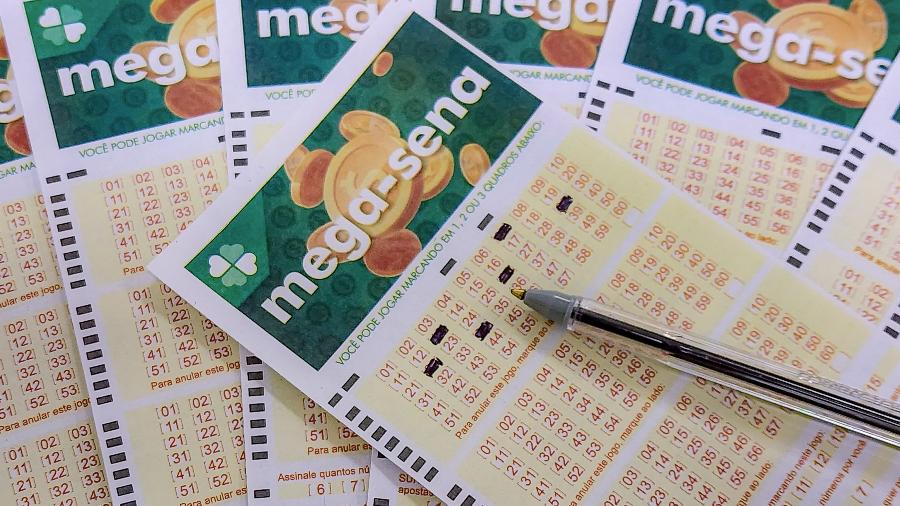Aras defende que Bolsonaro seja questionado como prefere prestar depoimento

O procurador-geral da República, Augusto Aras, defendeu hoje que o presidente Jair Bolsonaro (sem partido) seja questionado sobre como prefere prestar depoimento no inquérito que investiga suposta interferência na Polícia Federal, em documento enviado ao Supremo Tribunal Federal (STF).
O inquérito foi aberto em abril, após as acusações feitas por Sergio Moro ao pedir demissão do cargo de ministro da Justiça e Segurança Pública. Desde então, foram tomados depoimentos, inclusive do ex-ministro.
A Polícia Federal já pediu para ouvir Jair Bolsonaro no inquérito, mas o ministro Celso de Mello, por sua vez, pediu a manifestação da PGR (Procuradoria-Geral da República) antes de decidir sobre o pedido da PF.
Na prática, Aras recomendou que Bolsonaro seja consultado e responda como prefere:
- exercer o direito de ficar em silêncio;
- que o depoimento ocorra por escrito;
- ter a oportunidade de escolher hora e local para a oitiva.
Ao UOL, o ministro da Justiça e Segurança Pública, André Mendonça, disse que a expectativa é que o chefe do Executivo não precise se deslocar para falar com as autoridades.
"Esperamos que seja por escrito, conforme precedentes do STF quanto a Presidentes da República", disse Mendonça à coluna de Carla Araújo. Em 2017, o ministro Luís Roberto Barroso autorizou que o então presidente Michel Temer prestasse depoimento à PF por escrito, no âmbito do inquérito aberto pela Corte para investigar o suposto favorecimento da empresa Rodrimar S/A por meio da edição do chamado Decreto dos Portos.
O Código de Processo Penal prevê que, como testemunhas, algumas autoridades, incluindo o presidente, possam prestar depoimento por escrito e marcar data, hora e local. No entanto, não há uma legislação específica sobre o depoimento de autoridades investigadas.
















ID: {{comments.info.id}}
URL: {{comments.info.url}}
Ocorreu um erro ao carregar os comentários.
Por favor, tente novamente mais tarde.
{{comments.total}} Comentário
{{comments.total}} Comentários
Seja o primeiro a comentar
Essa discussão está encerrada
Não é possivel enviar novos comentários.
Essa área é exclusiva para você, , ler e comentar.
Só s do UOL podem comentar
Ainda não é ? Assine já.
Se você já é do UOL, faça seu .
O autor da mensagem, e não o UOL, é o responsável pelo comentário. Reserve um tempo para ler as Regras de Uso para comentários.